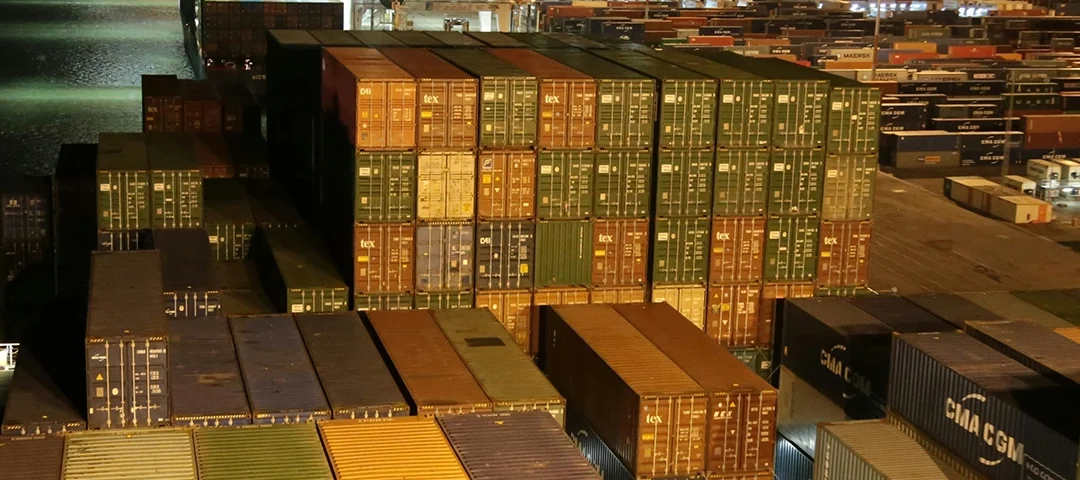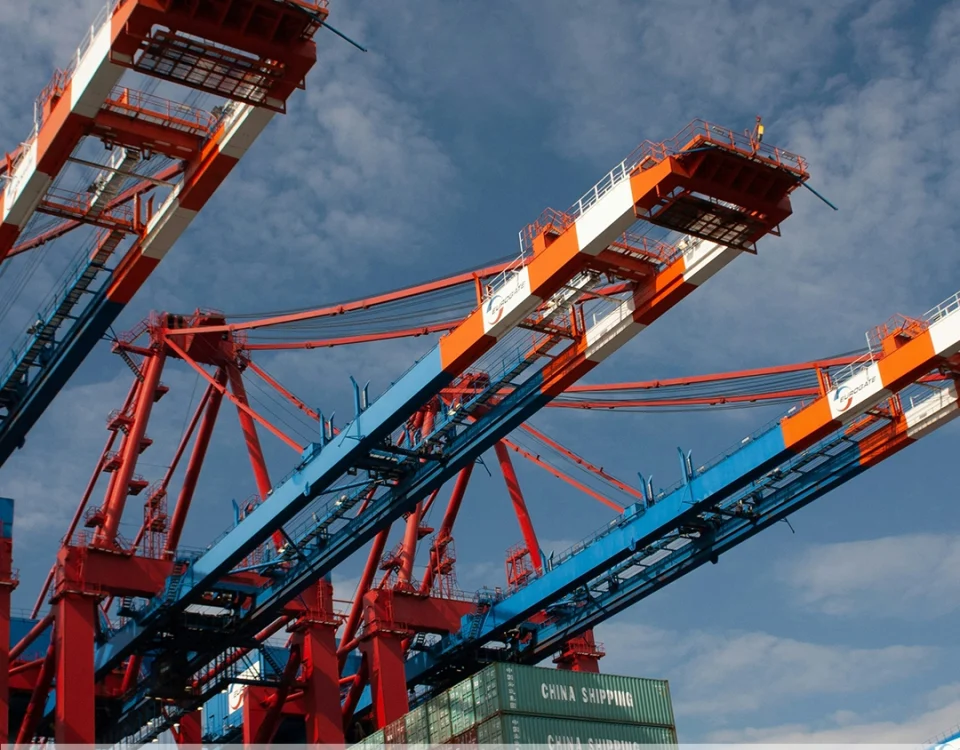
Bridging the professional skills gap: the role of staff augmentation.
1 June, 2024
The remote work revolution: how staff augmentation adapts to the new work reality.
3 July, 2024As businesses worldwide seek to optimize their operations and enhance supply chain resilience, nearshoring has emerged as a compelling strategy. The third quarter of 2024 has seen a notable increase in nearshoring activities, particularly in Mexico, where geographic, economic, and regulatory factors create a conducive environment for this business model. The key factors behind nearshoring will be examined in this overview, as well as regional triumphs and the challenges and opportunities that come with relocating operations closer to us.
Key drivers of nearshoring in Q3.
- Geographic proximity: Mexico’s proximity to the United States and Canada makes it an ideal nearshoring destination. The reduced transportation time and costs, coupled with ease of access, provide significant logistical advantages.
- Trade agreements: The United States-Mexico-Canada Agreement (USMCA) offers a stable and favorable framework for trade, encouraging businesses to relocate their operations to Mexico. The agreement reduces tariffs and simplifies regulatory compliance, making cross-border trade more efficient.
- Cost competitiveness: Labor and operational costs in Mexico are competitive compared to the United States and Canada. While higher than in some offshore locations, the overall savings in transportation, tariffs, and time make nearshoring to Mexico economically attractive.
- Skilled workforce: Mexico boasts a well-educated and skilled workforce, particularly in manufacturing, engineering, and IT. The country’s focus on vocational training and higher education ensures a steady supply of talent for various industries.
- Technological advancements: Improvements in automation, digital infrastructure, and Industry 4.0 technologies facilitate efficient management of nearshored operations. Companies can seamlessly integrate their processes and ensure high productivity.

Regional highlights and success stories.
Mexico has emerged as a key player in the nearshoring landscape, with several regions and industries showcasing notable success stories, for example:
Bombardier has continued to invest in its Mexican operations, focusing on the production of high-tech aerospace components. The company’s expansion highlights Mexico’s capabilities in advanced manufacturing and engineering.
BMW has increased its production capacity at its plant in San Luis Potosí, capitalizing on Mexico’s skilled workforce and efficient supply chain logistics.
Samsung has invested in its Tijuana plant, enhancing production capabilities for various electronic devices. This move leverages Mexico’s logistical advantages and skilled labor.
Challenges and opportunities in nearshoring.
In infrastructure development, a continuous investment, including transportation networks, ports, and digital infrastructure, is necessary to support the growing demand for nearshoring. Efficient logistics are critical for the success of nearshored operations. As well, regulatory environment, navigating Mexico’s regulatory framework can be complex. Businesses must ensure compliance with local laws and regulations, which can vary by region and industry. Streamlining regulatory processes would further enhance Mexico’s attractiveness as a nearshoring destination.
But in the third quarter of 2024 has underscored Mexico’s pivotal role in the nearshoring. Driven by geographic proximity, favorable trade agreements, cost competitiveness, a skilled workforce, and technological advancements, Mexico continues to attract significant nearshoring investments. While challenges remain, the opportunities for businesses to optimize their operations and tap into new markets are substantial. By strategically navigating these dynamics, companies can harness the full potential of nearshoring to Mexico to achieve long-term success.
A quote what Miriam Acuña, chief economist of GBM, said: What we must ask ourselves today is not whether nearshoring will enter Mexico, but what the magnitude of its great impact will be.




